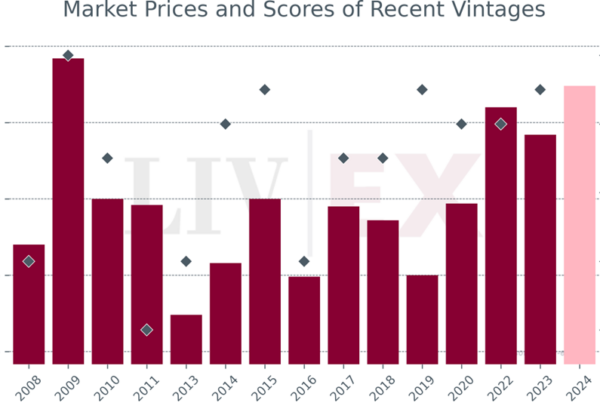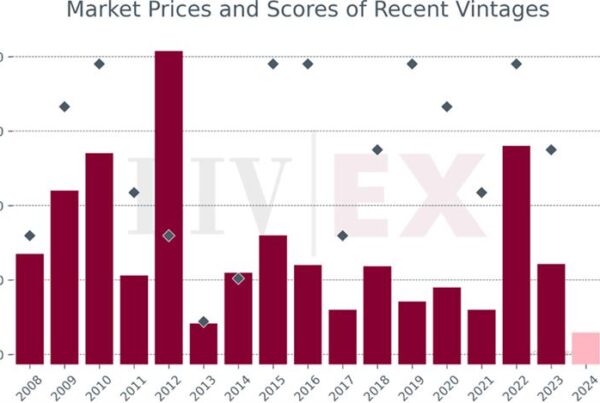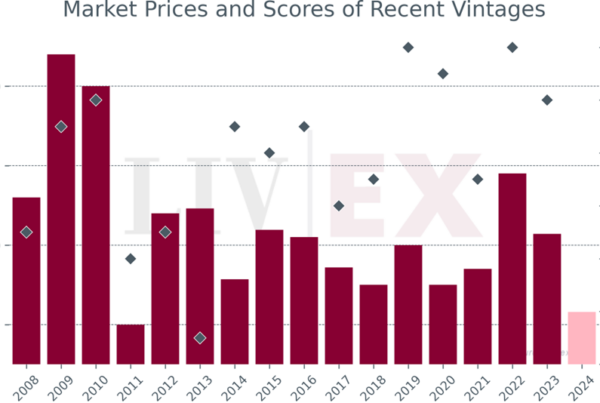The post below is an extract from our recent report, the Liv-ex Classification 2019, which you can download in English and French, here.
Harpers, Barron’s and Wine News Italy have all published articles on the report. To view Liv-ex in the news or for any press enquires, visit our Newsroom.
Burgundy
Since making our classification global in 2017, Burgundy has been in sharp focus. This year, the region accounted for 29% of the wines that qualified and 57% of those in the top tier. By comparison, just 14 wines from Bordeaux (red and white) ranked in the 1st tier this year, accounting for 18% of the category.
Background
Back in January, we noted that the Burgundy 150 index, which tracks the price movements of the most active Burgundy wines in the secondary market, had climbed a staggering 168.8% since 2010. While at the same time, growing worldwide interest lifted its market share from 1% in 2010 to 18.4% in 2019 (YTD).
In recent years, Burgundy has cemented its place in the secondary market and the number of wines to rank in the 1st tier this year reflects the stellar performance of the region in terms of price. The Burgundy 150, a sub-index on the Liv-ex 1000, has hugely outperformed its parent index. Between April 2017 and April 2019, the Liv-ex 1000 rose 15%, while the Burgundy 150 leapt 46%. Had we adjusted our price bands (the measure of our tiers) to reflect the performance of the Burgundy 150, the entry point for the 1st tier would have been £3,650 instead of £2,877. Still, 41 Burgundy wines would have qualified instead of 44. The number of Burgundy wines in the 1st tier this year is double the number of 2017.
For more information on the methodology used, download the report here.
The future
In July, the Financial Times published an article that questioned if Burgundy’s bubble had burst. Using Liv-ex data, they noted that the region has been on a downward trend as of late. Year-to-date, the Burgundy 150 index is down 7%, and between December and May it fell for six months in a row, the longest sustained fall for the sub-index since records began in December 2003.
Going forward, the region will certainly be one to watch. In our January report on the region we wrote: “Burgundy remains in the spotlight … its rise is relentless … and we all continue to ask the question: for how long?” The region’s year-to-date performance is but a blip in its long-term performance, but its dominance of the 1st tier (57% the total) does continue to raise the question of the sustainability of current prices.
The full report contains 29 pages of analysis on the wines that qualified. You can download it for free here.
Table 1: Burgundy wines that qualified for the Liv-ex Classification 2019
[mc4wp_form id=”18204″]




